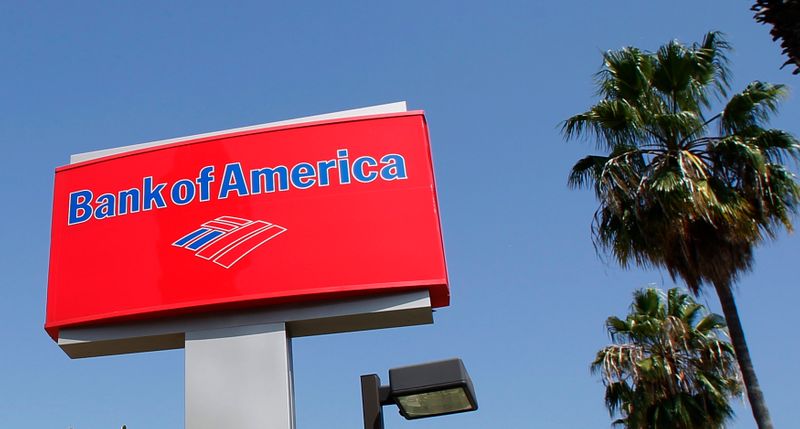This post was originally published on this site

It could be that they are awaiting further evidence of a globally synchronized economic upturn before increasing exposure to cyclical sectors. This shift reflects a cautious approach in response to the market conditions observed in August, when global stocks fell 3%.
During this period, long-only funds adjusted their equity exposure by reducing it by a total of $21.3 billion relative to benchmark allocations, according to BofA’s data.
Notably, the funds decreased exposure to the U.S. by $4.5 billion, Europe by $17.0 billion, and Japan by $4.7 billion. In contrast, the exposure to Asian markets was added, increasing it by $5.8 billion.
“During the month, long-only funds largest changes to active stock exposures were US funds adding Apple and cutting Kenvue, Europe funds adding Novo Nordisk and cutting Adyen, and Japan funds adding Sumitomo Mitsui and cutting Toyota,” strategists wrote in a note.
A significant shift towards defensive sectors was observed, with funds increasing their active exposure to Health Care by $9.7 billion and Utilities by $7.9 billion. Conversely, they reduced active exposure to the Industrials sector by $12.8 billion.


